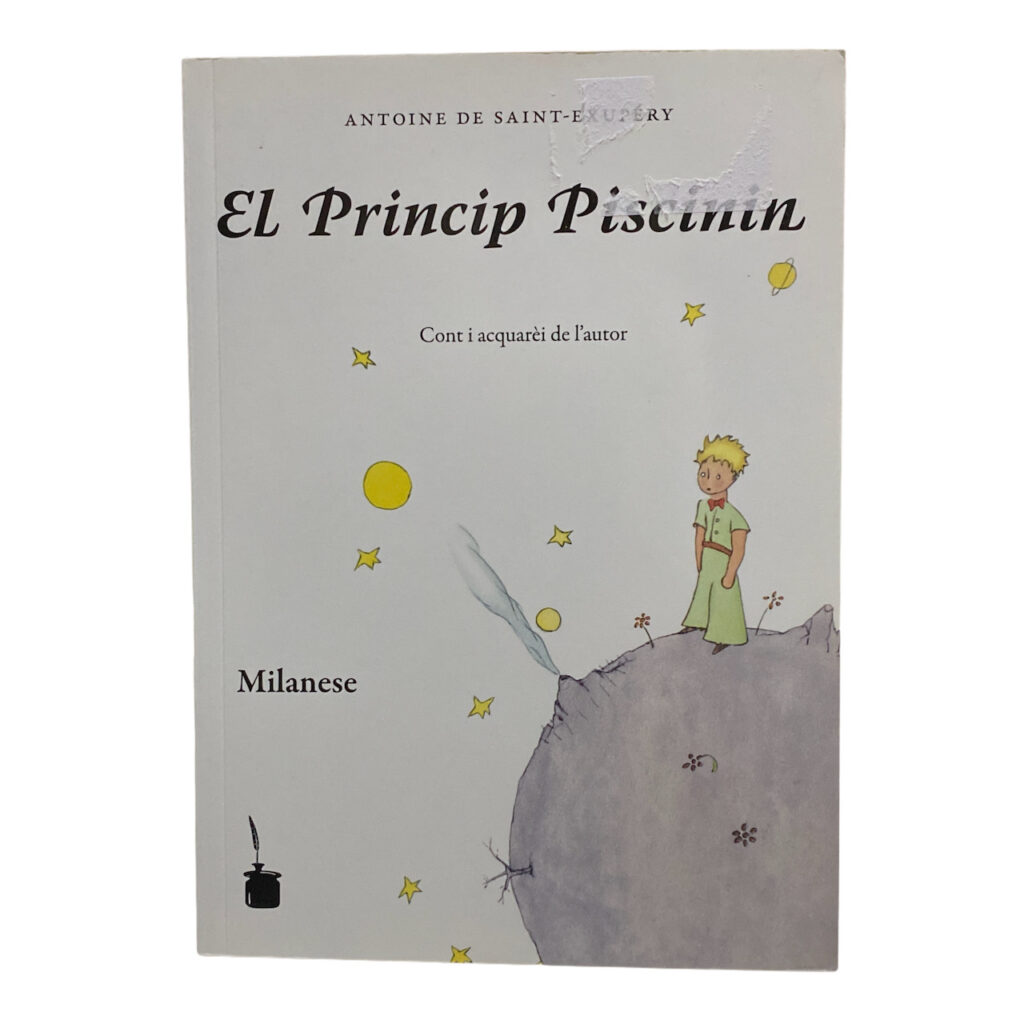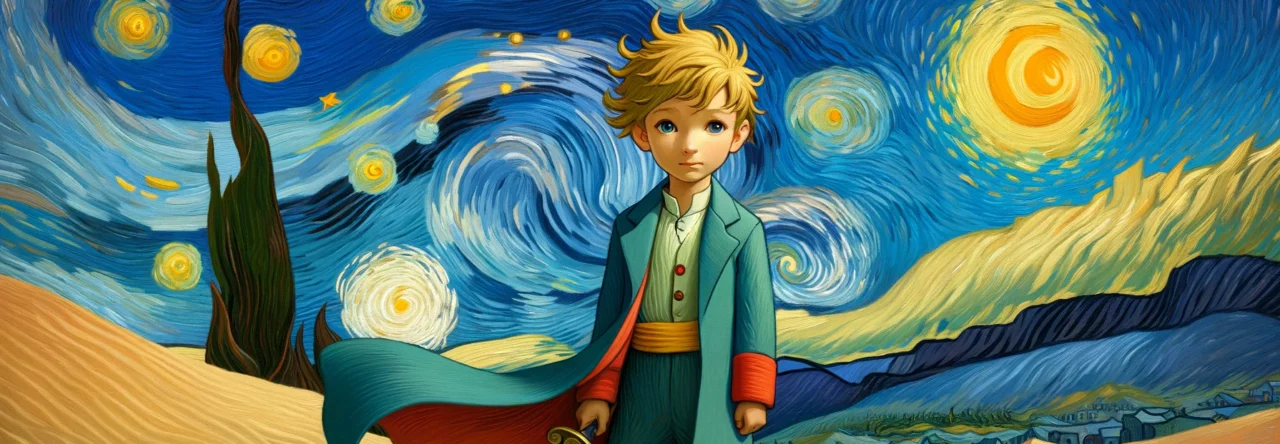
El Princip Piscinin — in Milanese dialect of Lombard language.
Milanese, or milanés, is a distinctive and historically prestigious variety of Western Lombard, itself part of the Gallo-Italic family of northern Italian languages, which share deep roots with Piedmontese, Emilian, Ligurian, and even distant connections to Occitan and French. Spoken traditionally in Milan and its surrounding hinterland, Milanese has long been more than just a local dialect—it was once the proud vehicle of a flourishing urban culture, carrying the voice of merchants, artists, scholars, and revolutionaries. Emerging from the Latin spoken in the Po Valley and shaped by Celtic substrata, Lombardic (Germanic) influence, and centuries of regional autonomy, Milanese developed its own rich phonetic, grammatical, and lexical character, distinct from Tuscan-based Standard Italian and recognisably different from southern Italian languages like Neapolitan or Sicilian.
Historically, Milanese flourished in the cultural and political powerhouse of Milan, a city that, from medieval times through the Renaissance, became a centre of banking, fashion, art, and intellectual life. The language was not only spoken in homes and marketplaces but also used in poetry, theatre, and opera, famously employed by playwright Carlo Porta, whose sharp satire and social commentary made him a beloved literary figure in Lombardy. Milanese also thrived in folk songs, proverbs, and carnival traditions, offering an earthy, humorous, and often biting reflection of urban life. Its sounds—marked by nasal vowels and certain consonant shifts—carry a musicality that resonates with the city’s industrious yet playful spirit.
Culturally, Milanese-speaking societies have long been associated with innovation, industriousness, and a certain urbane sophistication, balancing traditional communal warmth with a cosmopolitan outlook. While Italian has long dominated formal spheres, especially after Italian unification in the 19th century, Milanese persisted robustly in informal, family, and cultural settings well into the 20th century. Like other regional languages of northern Italy, it shares historical and structural kinship with Emilian, Ligurian, and Piedmontese, but remains proudly distinct, a reflection of Milan’s unique political and cultural trajectory through centuries of Visconti, Sforza, Spanish, Austrian, and modern Italian rule.
Speaking Milanese today is not just a linguistic choice—it is an act of cultural continuity, a tribute to a city whose local language carries the layers of its history, its humour, and its unbroken spirit of reinvention, linking it to the rich mosaic of Italy’s regional linguistic landscape.


